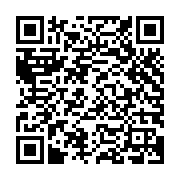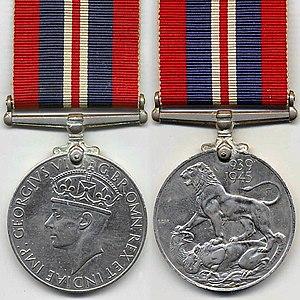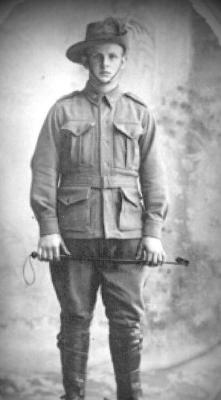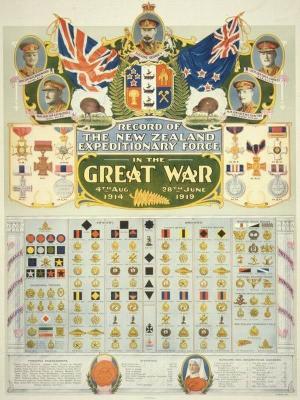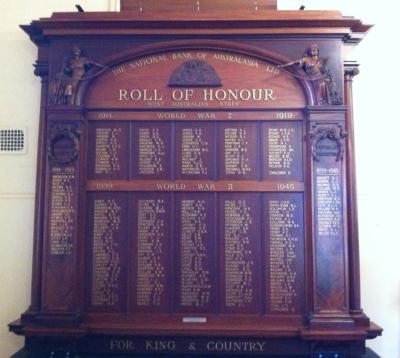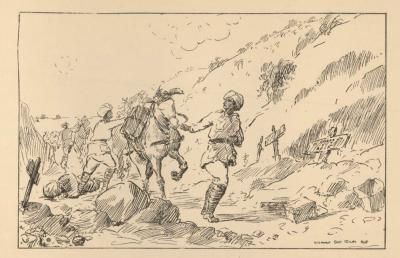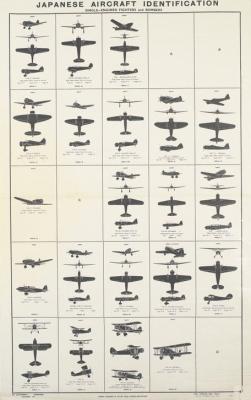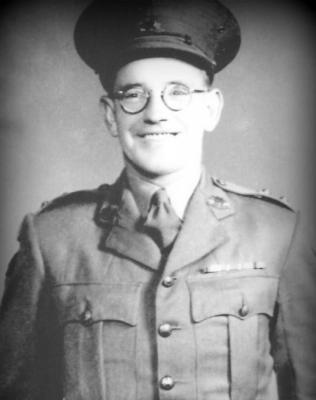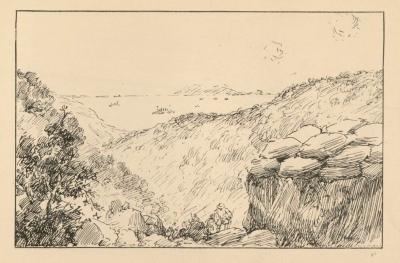Formation Sign - 3 Australian Corps, World War 2
During World War 2, each Australian military vehicle normally carried a formation sign, usually the Division to which they were permanently attached. The sign was affixed to the front nearside (left) bumper, or close to it, such as a forward facing wing, and in a prominent position at the rear, also on the nearside. It was 9 inches square normally a white stencil on a black background. The Formation insignia of 3 (Aust) Corps was a magpie.
3 (Aust) Corps was an Australian Army formation during World War 2. It was responsible for the defence of Western Australia in 1942–1944. 3 (Aust)Corps formed in April 1942 from Western Command, which had been established in October 1939.
During the war, the formation's size expanded and contracted as the strategic situation dictated.
At its height, the Corps consisted of two infantry divisions and one armoured division, which were deployed to defend against a projected Japanese invasion threat which never eventuated.
Corps Headquarters under Lieutenant General Gordon Bennett was in Perth at Perth College. Major deployment areas were between Perth and Geraldton along the line of the Midland Railway and Great Northern Highway.
The corps ceased to exist in June 1944 when it was converted back into Western Command, which remained until the end of the war in 1945.
Details
Details
The standard reference is the 1997 monograph Formation signs and vehicle markings of the Australian Army 1903-1983 by Stephen Craig Taubert.
The marking of military equipment is not a new phenomena. A broad arrow, is a stylised representation of a metal arrowhead, comprising a tang and two barbs meeting at a point. It is a symbol used traditionally in heraldry, and later by the British government to mark government property.
The broad arrow was used in England from the early 14th century, and more widely from the 16th century, to mark objects purchased from the monarch's money, or to indicate government property. It became particularly associated with the Board of Ordnance, and later the War Department and the Ministry of Defence. It was exported to other parts of the British Empire, where it was used in similar official contexts.
The use of markings on Australian military vehicles expanded and became more sophisticated following the mass production and mechanization of armies. During World War 2, Australian military vehicles carried a wide variety of markings including the vehicle registration number, bridge classification, a Tactical (Tac) sign indicating the vehicles roll, a unit sign and a Division/Formation sign and many more.
Australian Army Museum of Western Australia
Australian Army Museum of Western Australia
Other items from Australian Army Museum of Western Australia
- Battlefield Grave Cross - Lieutenant Hugh Russel MC
- Medal - British War Medal 1939-45
- World War 1, Australia, Western Australia, FIRNS 10 Light Horse
- Medals - Combined Display of Australian Honours and Awards
- Poster - Australian Imperial Force Colour Patches
- Poster - New Zealand Expeditionary Force Badges and Colour Patches
- Honour Board- National Bank of Australasia (World War 1, World War 2)
- World War 1, South-West Asia, Turkiye, Gallipoli, Anzac Cove, SILAS, "Crusading at Anzac"
- Poster - Japanese Aircraft Identification
- World War 1, Australia, Western Australia, 265 EAVES, 10 Light Horse
- World War 1, Australia, Western Australia, 266 EDWARDS, 10 Light Horse
- World War 1, South-West Asia, Turkiye, Gallipoli, Anzac Cove, SILAS, "Crusading at Anzac"
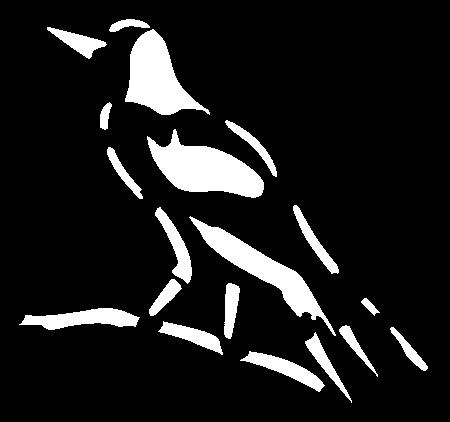
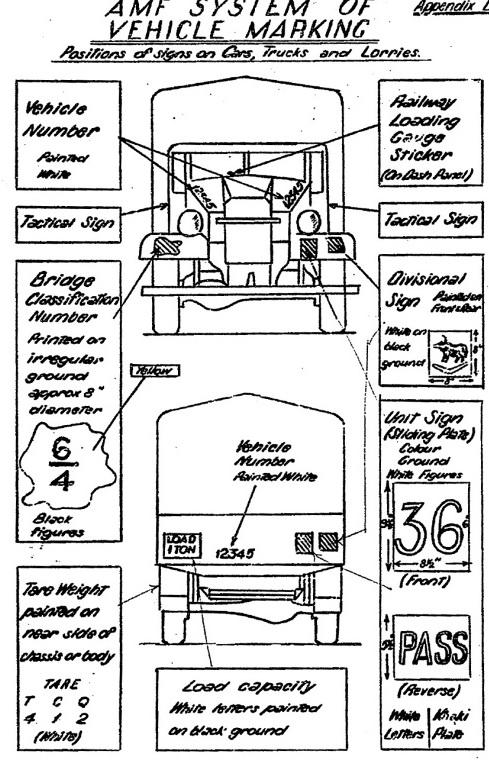
Scan this QR code to open this page on your phone ->
